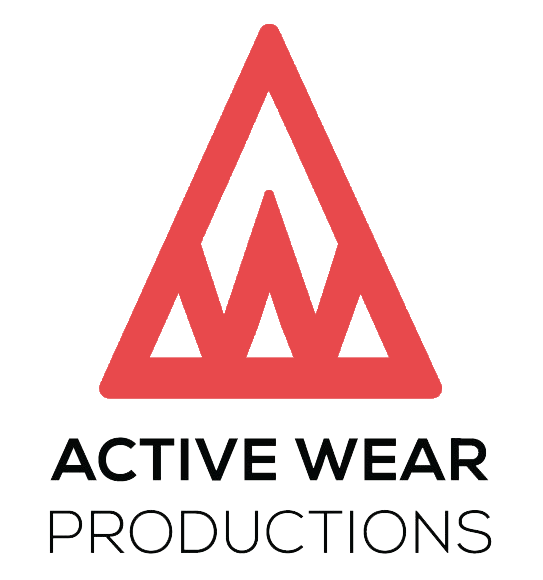
Polyester vs Polyamide
Polyester vs Polyamide: Understanding the Difference
Polyester and polyamide are often confused, so let’s clarify their distinctions.
Polyester
Polyester is a type of plastic widely used in textiles. It falls under the category of “commodity plastics,” along with PE, PP, PVC, and PS. Polyester clothing, such as PET, is essentially made from plastic. Despite its plastic origin, polyester fabrics offer various benefits and are not as detrimental as they may seem.
Polyamide
Polyamide fibers are named for their “amide” structure and are part of the “engineering plastics” group. These fibers possess superior mechanical and thermal properties compared to commodity plastics, with nylon being the most well-known synthetic fiber in this category.
What’s the exact difference in quality?
Polyamide is generally more durable and has a softer feel, while polyester can sometimes have a harder texture and a subtle shine. Polyester’s sensitivity to pilling may vary based on yarn spinning. However, polyester offers good color fastness, prints well, and can withstand higher temperatures.
Price comparison
Depending on yarn spinning and quality, polyamide can be more expensive than polyester, which is generally the more cost-effective choice. However, the selection of material should consider factors beyond price, as polyester yarns may be more suitable for specific fabric appearances and functionalities.
Moisture wicking
Polyester fibers are generally better for moisture-wicking compared to polyamide fibers. While both materials have the ability to quickly absorb and release moisture, polyester has a slight advantage in this aspect. Polyester is hydrophobic, meaning it repels water and has a lower absorption rate than polyamide. This property allows polyester fabrics to wick away moisture more efficiently, keeping the wearer dry and comfortable during physical activities.
On the other hand, polyamide fibers can also wick moisture, but they tend to have a slightly higher absorption rate. This means that polyamide fabrics may retain a bit more moisture than polyester, which could lead to a slightly less effective moisture-wicking performance in certain situations.
Overall, both polyester and polyamide are suitable choices for moisture-wicking properties, and the difference in performance between the two materials is generally minimal. However, if maximizing moisture-wicking capability is a top priority, polyester fabrics may be the preferred option.
About us
We are Active Wear Productions, a sportswear manufacturer based in China. If you are interested in clothing made from polyamides and polyesters, please visit our homepage for more information. Thank you for visiting our blog page!


